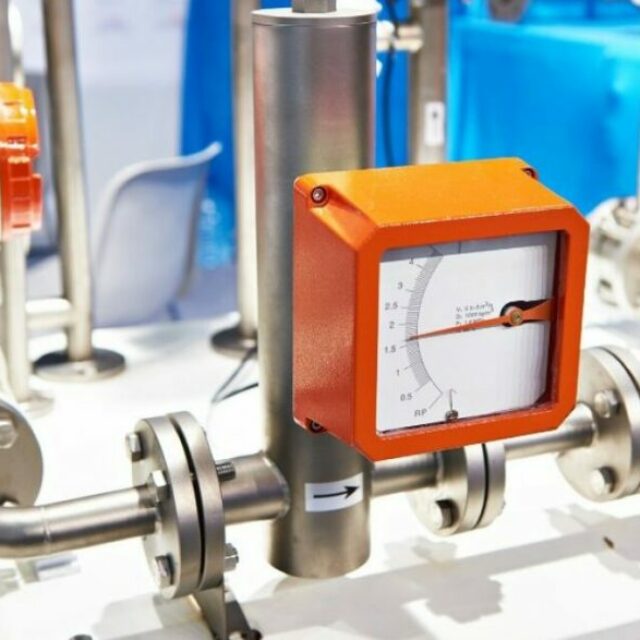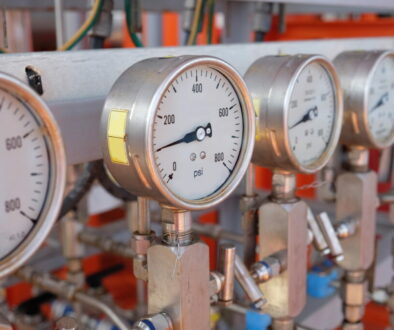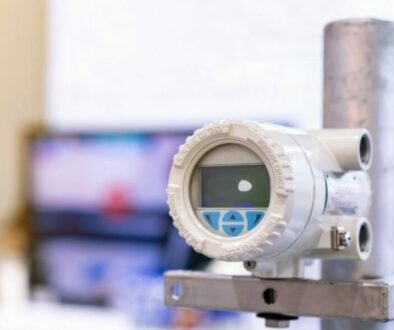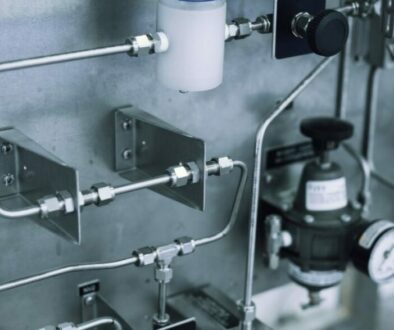What is a Mass Flow Controller?
From their beginnings in the 1970s, mass flow controllers have come a long way in terms of their efficiency and capabilities. In the 1980s, the semiconductor industry was the biggest consumer of controllers. Then in the 1990s, manufacturers began making them more rugged and durable to suit more industrial applications. The early 2000s saw the introduction of digital bus protocols and controllers that could measure different types of gasses. Now, mass flow controllers aid in applications such as research facilities, pilot plants, and continuous processes. Just like everything else, mass flow controllers are evolving and changing to meet increased demands.
What Mass Flow Controllers Do
Mass flow controllers are special among flow control devices because they control flow and measure it at the same time. Most flow controllers have a control valve that can modulate the flow, but no way to measure the flow rate itself. Therefore, many flow control valves have an inherent amount of hysteresis. To eliminate hysteresis and stabilize flow rates for varying temperatures and pressures, a mass flow controller is a perfect solution.
Most mass flow controllers function on a basic thermal principal, but many don’t consider them thermal dispersion flow meters, similar to the insertion meters used for exhaust gas and flue stack measurement. Instead, they measure flow in small line sizes—a smaller sampling of the gas that’s flowing away from the main gas flow. Professionals use the vast majority of them to measure a very small amount of gas and liquid flow.
How They Do It
All versions of our mass flow controllers use the same overall method of eliminating hysteresis: by creating a closed loop control of flow, and responding to dynamic changes to the flow output downstream from the unit. An internal PID controller dynamically adjusts to a feedback signal representing the current flow output. This feedback signal is supplied by an internal mass flow sensor, which allows for accurate readings of mass flow using a hot wire anemometer and thermistor.




